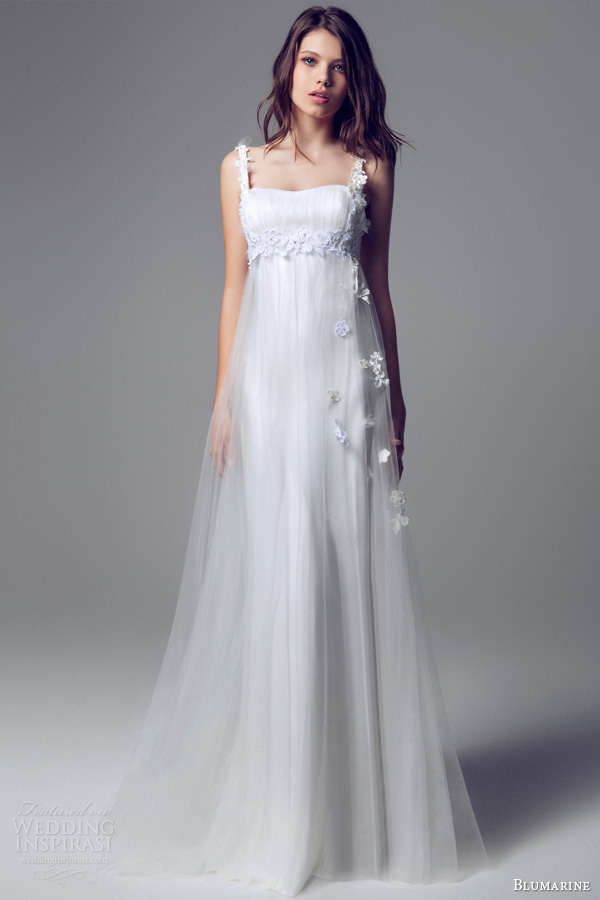You might remember that I sewed the Parfait twice already, once in
linen and once in
cotton voile. I have worn both versions loads in the summer and decided to make a autumn/winter version as well. To add warmth and to prevent sticking of the dress to tights, I lined the dress.
Fabric: I used a soft baby rib corduroy for the shell. The color is fuchsia red (thus very difficult to photograph) and I brought it from Ukraine when visiting Leschas family over Easter. The dress is lined with a super slippery acetate lining. It was a nightmare to sew. A fraying nightmare. But it looks pretty with these massive red flowers and I could well imagine it as a bathrobe :) The facing fabric is some cotton lawn leftover I had in my stash - liberty copy cotton lawn. I used it for lining the pockets as well.
Embellishments: The buttons are made from coconut shells and I bought them a year ago in Canterbury. That brings me to the question: Can I put coconut buttons in the washing machine?
Construction:
SHELL: I didn't follow the instructions and decided to press all seams open to reduce bulk as much as possible. To do so, I first finished all the raw edges with my overlocker before stitching the seams. I also trimmed the seams in the interfaced straps and pockets super small to avoid any problems with stitching the buttonholes. There weren't any :)
LINING: I cut the whole dress pattern (minus the straps) in lining fabric as well. I used french seams to enclose the raw edges fully because these were fraying a lot. I couldn't overlock or zig-zag because the sewing machine ate my fabric. To say the acetate didn't press well would be understated. It didn't press at all, so putting in nice french seams was a challenge.
I finally understood how very very important it is to use the right needle size when sewing. I tried to sew lining with a big needle - it got stuck in the machine. Then lazy me tried to sew corduroy with a small needle which lead to skipped stitches.
I finished the hem of the lining with my rolled hem food. Which turned out ok but not great. Any tips about how to stitch a nicely rolled hem over side seams?
 |
| coconut buttons! |
Facing: I didn't plan to use a facing. I thought it would be alright to just use a lining. The lining would have been enough to give the neckline a nice finish, but it wouldn't have been stable enough to stabilise it. I realised this when trying on the dress. The neckline was out of shape and the whole bodice looked saggy. So I cut a facing, interfaced it and sewed it to the shell. I was planning to hide it below the lining, but sewed lining and facing in the wrong order, ups.
I've sewn the side seams with an 1/2" seam allowance only so that I
can wear a jumper or blouse underneath the dress. Styled with black
tights and boots, I think the dress is a great autumn/winter outfit.
Now have a look at this nice zipper: The only zipper I had on hand was a white one.
But I managed to make it completely invisible, phew.
 |
| invisible zip |
Now I'm leaving you with another pic that's look like I was in an enchanted forest :) You will see this fabric soon again, because I had enough to cut out an EXTRA Kelly Skirt. Ah, I just love it when you can squeeze an extra garment out. And I had only 1.50 meter. And as it was end of roll, there were also some stains on it - stains that you can hide on the insides of waistbands :)






















































